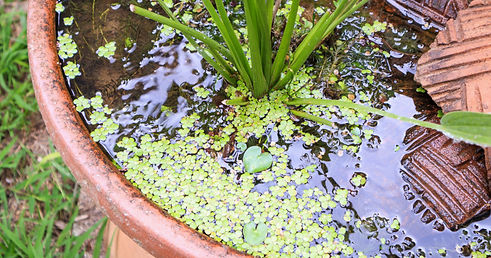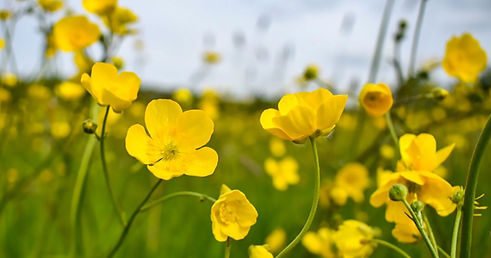
Garden Havens
Gardens as Vital Sanctuaries for Nature
As biodiversity loss accelerates, our gardens are becoming more essential than ever as sanctuaries for wildlife. Even small outdoor spaces can play a huge role in supporting nature and combating environmental decline.
How to Attract Wildlife to Your Garden
If you're lucky enough to have outdoor space around your home, the Wildlife Trusts recommend several ways to create wildlife-friendly areas, such as:
-
Bug mansions.
-
Gravel gardens.
-
Native hedges.
-
Mini meadows.
-
Container ponds.
Garden ponds, in particular, support a greater diversity of life than any other part of the garden, as they provide microhabitats for a variety of species. Even a small backyard can host a mini pond – a tiny, thriving universe of nature!
You can find plant lists to attract pollinators, butterflies, bats, birds, and mammals on The Wildlife Trusts website.


Collaborating for a Wilder Future
When communities collaborate beyond their own garden boundaries, the impact multiplies, encouraging even more people to join in. Greening Beeston in Broxtowe has launched Patchwork for Nature, a community initiative where residents are turning parts of their gardens into wild spaces for nature to thrive.
The Growing Popularity of No Mow May
The popularity of No Mow May (and beyond) highlights the shift towards gardening for nature. Thousands of gardens are now embracing wildflower meadows and allowing nature to take over. You can add your beautiful meadow to the Plant Life national register and promote its positive environmental impact with a ready-made poster and social media posts.
The Case Against Manicured and Artificial Lawns
Leaving behind manicured lawns has several environmental benefits:
-
Reduces carbon emissions from lawnmowers.
-
Saves water.
-
Avoids harmful chemicals and fertilisers.
Artificial plastic lawns have an even higher carbon footprint and are unsuitable for wildlife. Despite their low-maintenance claims, they require regular cleaning and ultimately contribute to plastic pollution. According to the Carbon Literacy Project, these lawns are industrially manufactured from petrochemicals and become a source of waste.
Create a Pollinator-Friendly Garden
Want to be part of a global biodiversity initiative? Artist Alexandra Daisy Ginsberg is aiming to create a network of gardens for pollinators on a global scale, designing them as living artworks.
Her Pollinator Pathway tool allows you to create a virtual wildflower garden based on pollinator preferences. With her algorithm toolbox, you can “see like a bee” and design a garden tailored to attract essential pollinators. Your virtual garden includes detailed instructions and a plant list to help you create a real-world habitat and every one is unique.
Gardens and Climate Resilience
With thoughtful planning, gardens can also help increase resilience to climate change. From reducing stormwater runoff to supporting biodiversity, gardens are crucial for adapting to a changing climate.
Learn more about climate adaptation.
Stay Connected with Local Nature Events
Discover what's happening in your area to support biodiversity and nature conservation: